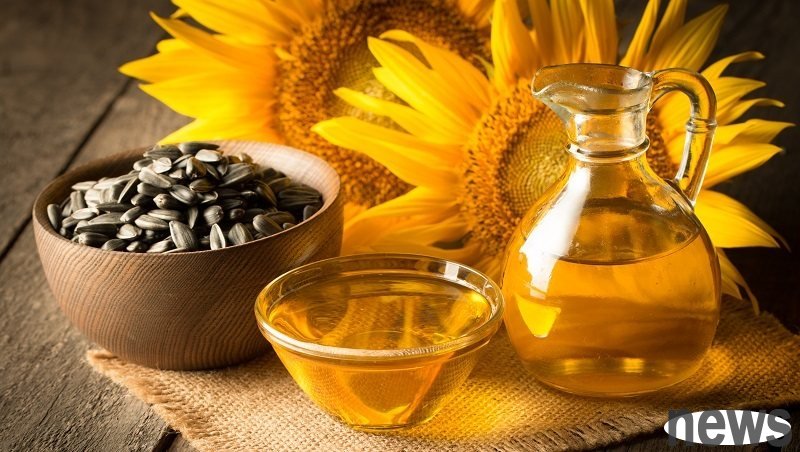Vitamin E (Vitamin E) is also called vitamin E or tocool and tocopherol, because it is related to reproduction of the next generation. If it lacks it, it can easily affect fertility. At the same time, vitamin E is an important antioxidant in the hum...

Vitamin E (Vitamin E) is also called vitamin E or tocool and tocopherol, because it is related to reproduction of the next generation. If it lacks it, it can easily affect fertility. At the same time, vitamin E is an important antioxidant in the human body, which helps reduce the production of free radicals, but it will reduce the content in the human body with increasing age. Vitamin E is also one of the key nutrients that enhance protection and reduce risk of infectious diseases. However, according to the latest national nutritional health survey by the Ministry of Welfare, vitamin E is one of the most serious nutrients that Taiwanese people eat from their diet and lack the most severe nutrients. Except for the 1-6-year-old men and women, other ages only reach 60 to 70% of the recommended intake, and the degree of insufficient intake for women is higher than that of men.
What are the functions of vitamin E? For low-headed people, muscle-enhancing and aliphatic reduction, you should take good care of1. Antioxidant
2. Strengthen immunity
3. Maintain fertility and improve the chance of pregnancy
4. Anti-aging, maintain youth energy
5. Increases the health of the skin and blood cells
6. Protects the eyes
7. Lowers blood pressure, observes cardiovascular, and reduces the risk of thrombosis
8. It helps memorize and reduces the rate of Alzheimer's disease
. Essence oils may damage vitamin E in the body, causing vascular inflammation and blood vessels to be difficult to relax. If the human body lacks vitamin E, it may cause symptoms such as blood, neurologic injury and infertility. This is because vitamin E itself has the function of maintaining the cell membrane structure. Once lacking, the essence or egg cells are prone to rupture and cannot successfully conceive.
Nutritionists emphasize that at the same time, they can help fight the oxidative inflammation problem of eyes. Take enough leaf yellow and vitamin E from the diet to fight light damage through the antioxidant and anti-inflammatory mechanisms of the two, reduce the fatigue and pain caused by excessive eyes, and prevent eye degeneration. In addition, for people who want to reduce fat, weight loss, sculptural body and muscle building, there is no limit to the form of exercise. After exercise, you need to take enough protein and vitamin E (such as fruit) to help accelerate the repair of the damaged muscles and achieve sports results.
How to eat vitamin E? These three major foods are good and supplemented. Vitamin EVitamin E is mainly found in vegetable oils, fruits and deep green vegetables, including:
Vegetable oils: sunflower oil, bitter tea oil, corn oil, soybean oil, olive oil, linseed oil, sesame oil, black/white sesame bread sauce, etc.
Fruit types: peanuts, sunflower seeds, almonds, pine nuts, pistachios, walnuts, cashews, etc.
Deep green vegetables: green cabbage, spinach, rapeseed, celery leaf, water spinach, mustard green, Chinese cabbage, leek, etc.
In addition to oil, if you look at the total amount of vitamin E per 100 grams, the following foods have the richest vitamin E:1. Strong
2. Sunflower seeds (de-shelled)
3. Dry glutinous vegetables
4. Hazelnuts
5. Almond fruits
6. Pine nuts
7. Malt germ
8. Chicken eggs
9. Peanuts
10. Walnut
In addition, in addition to using vegetable oil containing vitamin E, it can also be used with cardamom powder, five-spice powder and other flavored spices. The vitamin E content of the two is ranked among the top. If foreign foodies can eat a small handful of integrated fruits every day, they can effectively supplement vitamin E. Moreover, the vitamin E content of almond fruit is the most abundant. Adults can get one-fifth of the vitamin E intake by eating 10 grams of almond fruit every day.